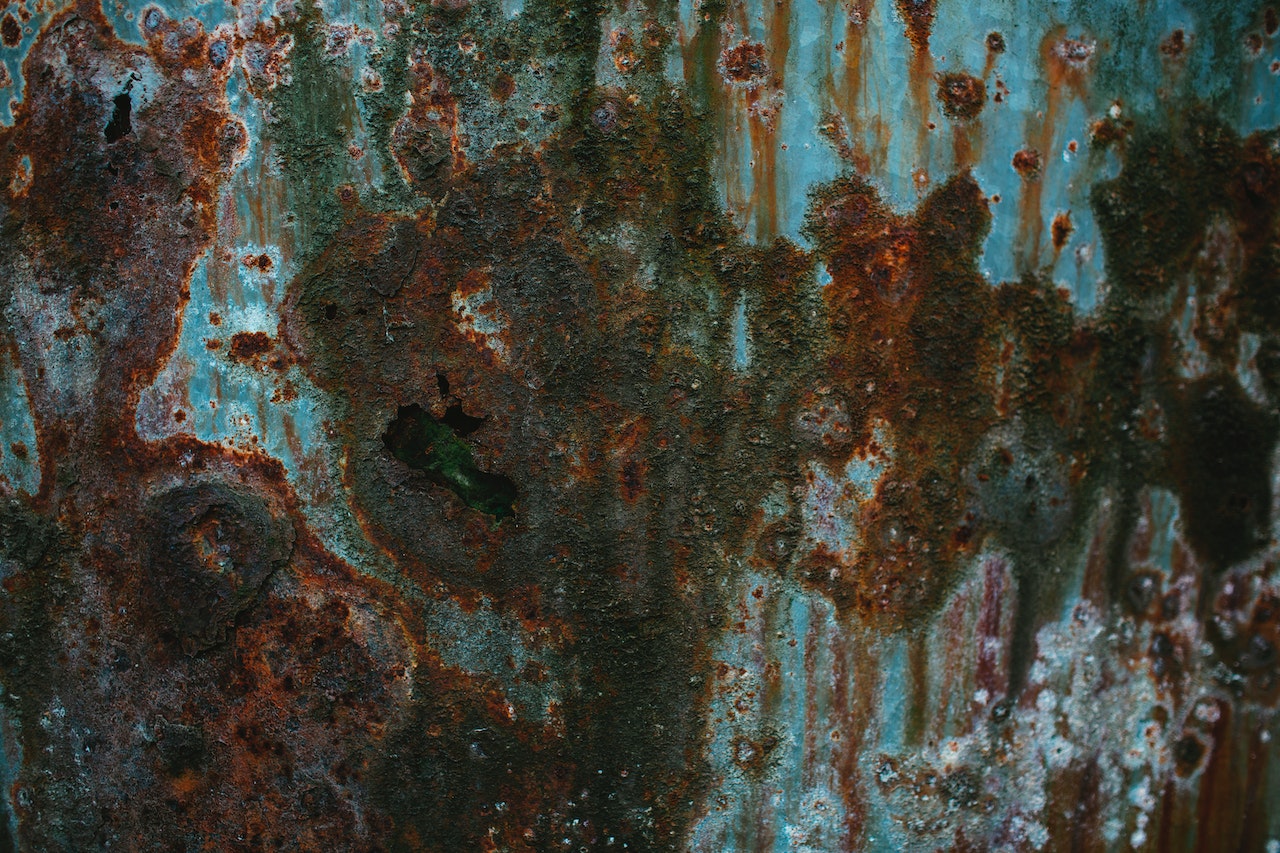
Water ingress refers to the unwelcome intrusion of water into structures, spaces, or objects where it shouldn’t be. It is a prevalent issue in both residential and commercial environments, causing damage, deterioration, and various other problems. Understanding the causes, effects, and methods of dealing with water ingress is crucial for maintaining the integrity and longevity of buildings and assets.
Causes of Water Ingress:
Several factors can contribute to water ingress, ranging from natural elements to construction flaws. Here are some common causes:
1. Rainfall and Flooding: Heavy rainfall, flooding, or inadequate drainage systems can lead to water pooling around structures and eventually finding its way inside.
2. Poor Construction and Design: Incorrectly installed or poorly designed roofing, siding, windows, doors, and foundations can create vulnerable points for water infiltration.
3. Wear and Tear: Over time, seals, joints, and other components can deteriorate due to weathering, allowing water to penetrate.
4. Leaking Plumbing: Faulty plumbing systems, such as leaking pipes or fixtures, can release water into walls, floors, and ceilings.
5. Condensation: Temperature differences between indoor and outdoor environments can cause condensation, leading to moisture accumulation and potential water damage.
6. Vegetation: Overgrown plants and trees in close proximity to structures can facilitate water ingress by trapping moisture against surfaces.
Impacts of Water Ingress:
The consequences of water ingress can be far-reaching and costly to rectify. Some of the notable effects include:
1. Structural Damage: Continuous exposure to water can weaken building materials, leading to cracks, erosion, and compromised structural integrity.
2. Mould and Mildew Growth: Excess moisture provides an ideal breeding ground for mold and mildew, which not only damages surfaces but also poses health risks.
3. Material Deterioration: Wood rot, corrosion of metals, and deterioration of plaster and paint are common outcomes of prolonged water exposure.
4. Health Hazards: Mould and mildew growth can release allergens and toxins into the air, causing respiratory issues and other health problems.
5. Aesthetic Degradation: Water stains, discoloration, and peeling paint can diminish the visual appeal of a property.
6. Electrical Hazards: Water infiltration into electrical systems can lead to short circuits and potential fire hazards.
Dealing with Water Ingress:
Preventing and addressing water ingress requires a proactive approach and timely intervention. Here are a few effective methods to deal with this issue:
1. Regular Maintenance: Regularly inspect roofs, gutters, windows, and doors for signs of wear, gaps, and damage. Addressing minor issues promptly can prevent more significant problems down the line.
2. Proper Drainage: Ensure that the property has proper drainage systems in place to divert water away from structures. Clean gutters and downspouts regularly to prevent blockages.
3. Sealing and Caulking: Apply appropriate sealants and caulking around windows, doors, and other openings to create a barrier against water intrusion.
4. Waterproofing: Apply waterproof coatings to vulnerable areas like basements, foundations, and flat roofs to prevent water seepage.
5. Landscaping: Trim vegetation near structures to prevent moisture accumulation and facilitate air circulation. Install proper landscaping features to direct water away from the building.
6. Repair Leaks Promptly: Address any plumbing leaks immediately to prevent water from infiltrating walls and floors.
7. Ventilation: Ensure proper ventilation in areas prone to condensation, such as bathrooms and kitchens, to reduce moisture levels.
8. Elevate Electrical Systems: In flood-prone areas, elevate electrical systems above potential water levels to minimise damage.
9. Mould Remediation: If mould growth is detected, hire professionals to remove it safely and address the underlying moisture issue.
10. Consult Professionals such as remedial engineers: For complex issues, structural assessments, architectural guidance, and expert advice can help develop comprehensive solutions.
To conclude, water ingress is a persistent challenge that can lead to extensive damage and financial burdens if not properly addressed. By understanding the causes, effects, and preventive measures, property owners can take proactive steps to protect their investments and ensure the longevity of structures. Regular maintenance, proper drainage, sealing, and addressing issues promptly are key components of an effective strategy to mitigate the impacts of water ingress.